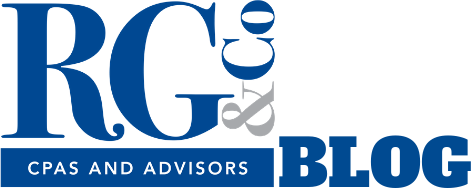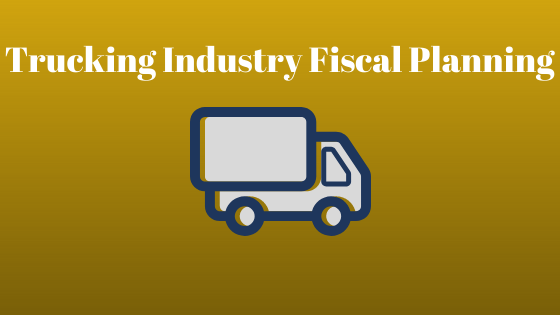By: Rivero, Gordimer & Company, P.A. Trucking Committee (Kevin Bass, Mike Helton, Kevin Labau)
As a CPA firm, we see many types of businesses and industries, including our own, worry about what the future holds with regards to the impact of technology, workforce needs and wants, rising costs, and customer loyalty. The trucking industry is not isolated from any of these. This time of year, we spend a lot of time estimating tax liability for businesses to expect during the upcoming filing season. Business owners want to know how much tax they should expect to owe and, more pressing, what they can do to mitigate that burden. As the year closes, we switch our focus to what can be done starting a new year. Remembering some basic cash flow fundamentals can never be discussed enough.
- Don’t put the trailer before the tractor! Tax concerns are only an issue if your company is profitable to begin with. Without reliable accounting reports, it’s very hard to fiscally manage your company. Focus on cash flow and invest in proper accounting systems and personnel. For small operations, that may mean you spending the time or someone you trust. Starting the new year by building a basic budget is good management practice for any size company. Start with collections / revenue. Whether your company is accrual or cash basis for tax purposes is irrelevant for managing your company. We almost always recommend managing from the accrual basis. Project out your revenue for the year. Factor in rates and estimate shipments, seasonal changes, and demand based on economic factors, history, and competition.
- Project your expenditures! This is more of an art than a science but start with historical data and adjust based on current market fluctuations. Capital needed for truck costs (debt service or lease costs) plus fuel charges and labor make up the bulk of your spending. While fuel surcharges are customarily passed on to customers, rising fuel costs will generally decrease your bottom line, thus your free cash flow. Also, decide the best way to reimburse your drivers. Options include per diems or actual costs. The tax law changes in 2017 changed the way some of your drivers deduct their out-of-pocket expenses, so keep this in mind. Your cash flow model should allow you to “see into the future” what expected cash levels should be based on given assumptions. Fixed costs are easier to factor in than variable costs, but your model will improve over time.
- Hope is not a plan! Businesses fail many times for things out of their control that put more of a burden on them than they can handle. Oftentimes, however, inevitable changes and misfortunes could be managed properly with enough time to rectify if known soon enough. By not planning your year and “running by the seat of your pants” you expose yourself to risk which may be mitigated. Driver shortages, rate fluctuations, and fuel costs are known animals in the industry. Ultimately, to survive, a company must generate more cash inflow than cash outflow. Population and consumer spending continue to increase. Smaller trucking companies have a harder time competing in this industry than larger companies. This requires smaller companies to sharpen their pencil and plan cash flow accordingly. Hoping things turn out well is not planning for what is coming. It is possible some of your estimates may not come to fruition. It is possible your costs may be higher than planned. It’s better to be able to make these adjustments when they are known and know how they impact cash flow 6, 12, or 24 months down the line. Hoping things turn out okay is not okay.
Many industry statistics floating around constantly provide data depending on the type of shipper you are. Use this data to project your company’s cash flow. For instance, having a model in place can help you answer questions: Can I afford a new truck? What is the impact of leasing vs. buying? Can I afford to improve my office location or expand into a newer location? Will IMO-2020 or tariffs impact my profitability? Remember, basic cash flow fundamentals are a great place to start a new year and implementing a process of managing your business. Reviewing monthly P&Ls and balance sheets are looking at history. Implement a process/model that allows you to project the future and tweak your numbers as needed. As a business owner, you must know your numbers and what impact changes have on your cash flow. It’s never too late to start.
Rivero, Gordimer & Company, P.A. can assist you and your personnel in building a cash flow model that provides some of these fundamentals. While none of us have a crystal ball, having a plan and remembering these fundamentals is a great start to 2020.
Our firm is wishing you and yours a prosperous new year!




